Adobe Photoshop 7.0 is a versatile image editing software that allows users to create, edit, and enhance images with a wide range of tools and features. Despite being an older version, it remains popular due to its simplicity and effectiveness.

Getting Started
Understanding the Interface
The interface of Photoshop 7.0 is user-friendly and consists of the following main components:
- Menu Bar: Located at the top, it provides access to various commands and features.
- Toolbox: Contains tools for selecting, painting, editing, and viewing images.
- Palettes: These include Layers, Channels, Paths, and more, which help in managing different aspects of your project.
Customizing Your Workspace
- Arrange your palettes by dragging them to your preferred locations.
- Save your workspace by going to Window > Workspace > Save Workspace.
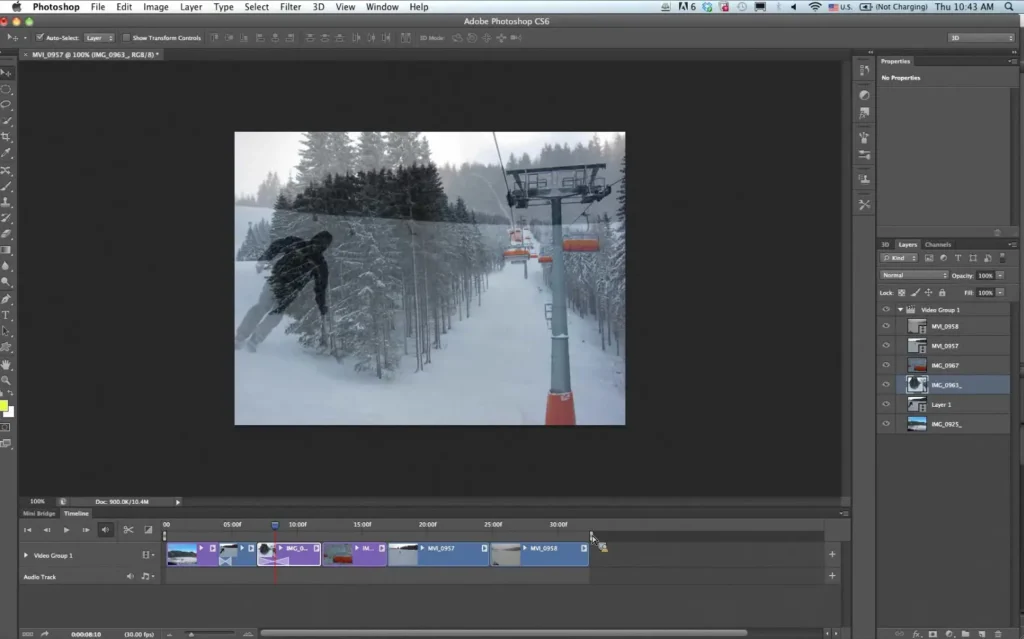
Basic Tools and Features
The Toolbox
The toolbox contains essential tools for editing images:
- Move Tool: For moving selections and layers.
- Marquee Tools: For making rectangular, elliptical, single row, and single column selections.
- Lasso Tools: For freehand, polygonal, and magnetic selections.
- Magic Wand Tool: For selecting areas of similar color.
- Crop Tool: For trimming images.
- Brush Tool: For painting.
- Eraser Tool: For erasing pixels.
Using Layers
Layers are fundamental in Photoshop for non-destructive editing:
- Create a new layer by clicking the New Layer icon in the Layers palette.
- Rename layers for better organization.
- Adjust layer opacity and blending modes to achieve different effects.
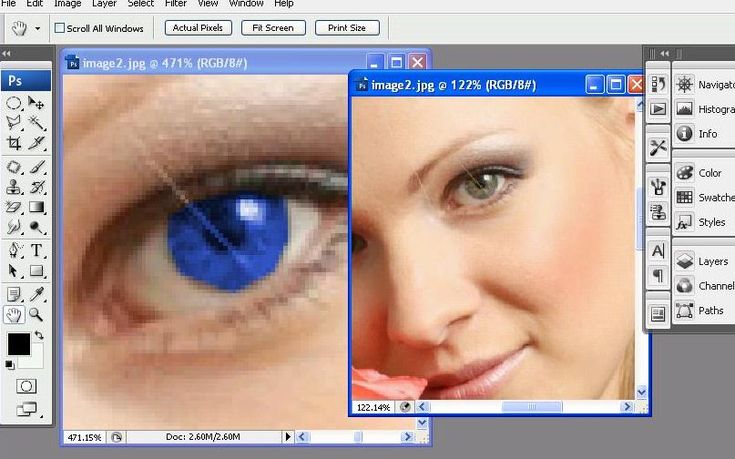
Working with Selections
Selections allow you to isolate parts of your image for editing:
- Use the Marquee or Lasso tools to make a selection.
- Refine your selection by going to Select > Modify.
- Save your selection by going to Select > Save Selection.
Advanced Editing Techniques
Retouching and Repairing Photos
- Use the Clone Stamp Tool to remove blemishes and unwanted elements.
- Apply the Healing Brush Tool for seamless repairs.
- Utilize the Patch Tool to fix larger areas.
Using Filters and Effects
- Access filters from the Filter menu.
- Experiment with different effects like Blur, Sharpen, and Distort.
- Combine multiple filters to create unique looks.
Creating and Managing Paths
- Use the Pen Tool to create precise paths.
- Convert paths to selections by right-clicking and choosing Make Selection.
- Save paths in the Paths palette for future use.
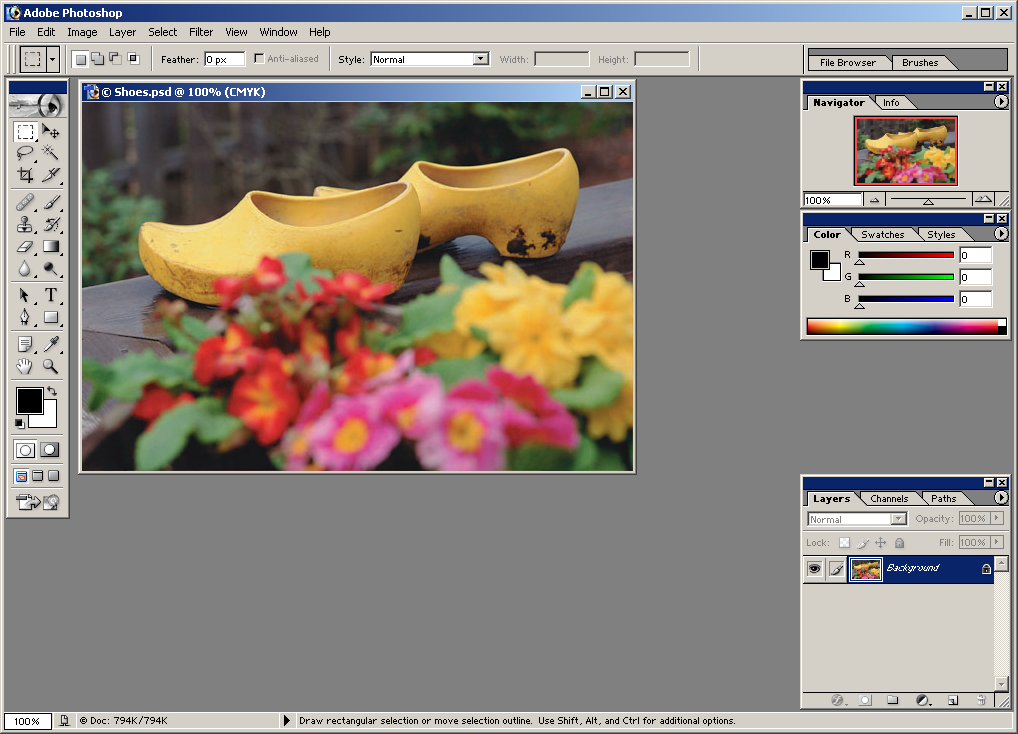
Saving and Exporting Your Work
File Formats
- Save your work in PSD format to retain layers and editing capabilities.
- Export as JPEG or PNG for web use.
- Use TIFF or PDF for high-quality print outputs.
Exporting for Web and Print
- Optimize images for the web by going to File > Save for Web.
- Set the appropriate resolution for print by going to Image > Image Size.
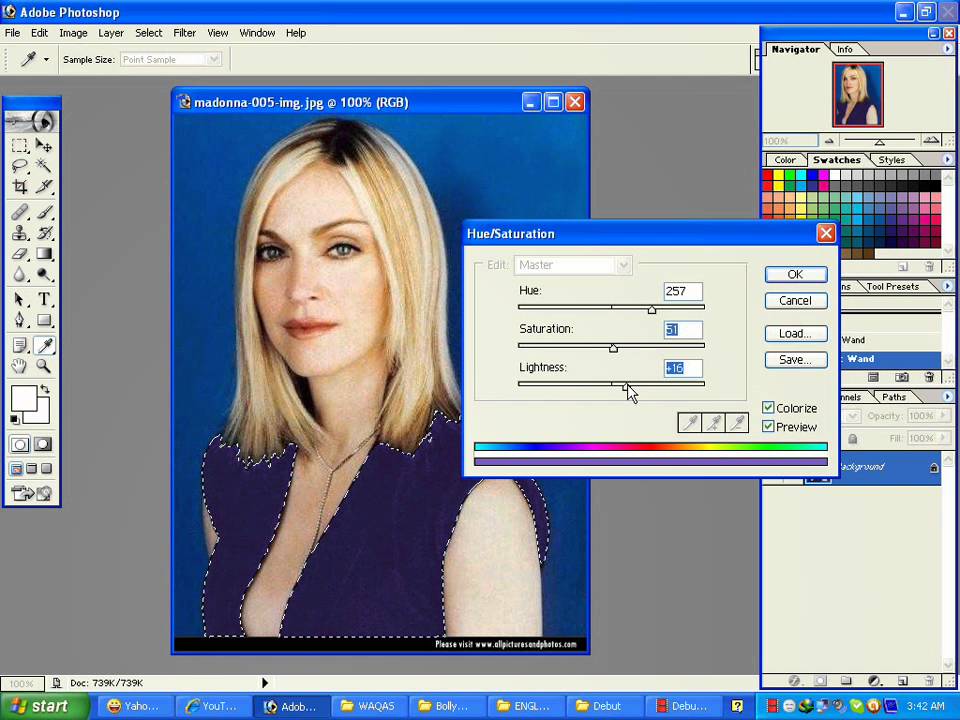
Tips and Tricks
Keyboard Shortcuts
- Learn essential shortcuts like Ctrl+Z for undo and Ctrl+S for save.
- Customize shortcuts by going to Edit > Keyboard Shortcuts.
Optimizing Performance
- Increase RAM allocation in Preferences > Performance.
- Clear the cache regularly by going to Edit > Purge.
Features of Adobe Photoshop 7.0
Adobe Photoshop 7.0 comes packed with features that enhance its functionality:
- Healing Brush: Allows for retouching by blending the surrounding pixels, making imperfections vanish effortlessly.
- File Browser: Lets users view and organize images within the software, improving workflow efficiency.
- Layers and Layer Styles: Enables users to work on different elements of an image independently, allowing for greater flexibility and creativity.
- Text Tool Enhancements: Provides improved typographic features, including text on a path, which is essential for graphic designers.
- Brush Engine: Offers customizable brushes that can simulate various painting techniques, perfect for digital artists.
These features collectively empower users to create stunning visuals and streamline their creative processes. By utilizing the advanced tools available in Adobe Photoshop 7.0, users can enhance their productivity and achieve high-quality results.
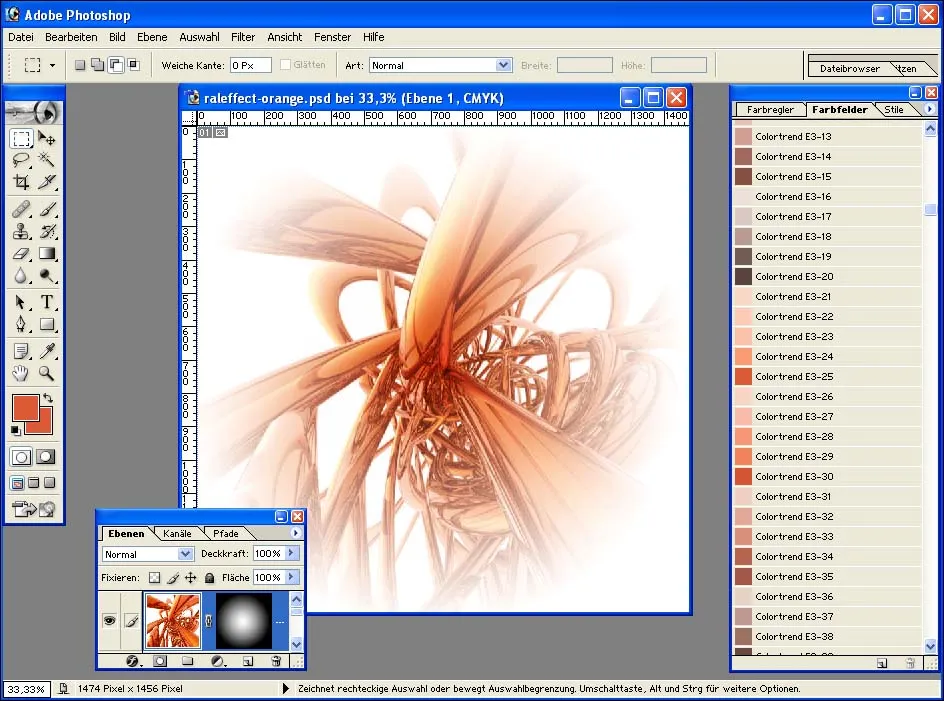
Technical Specifications
Before downloading Adobe Photoshop 7.0, it’s essential to understand the technical specifications:
- Version: 7.0
- Interface Language: English
- Design by: Adobe Systems
- Type of Software: Image Editing Software
- Audio Language: N/A
- Uploader / Repacker Group: N/A
- File Name: Photoshop_7.0.exe
- Download Size: Approximately 240 MB
System Requirements
To ensure smooth operation, your PC should meet the following minimum and recommended system requirements:
- Minimum:
- Processor: Pentium III or equivalent
- RAM: 128 MB
- Hard Disk Space: 1 GB free space
- Operating System: Windows 98/2000/XP
- Recommended:
- Processor: Pentium 4 or equivalent
- RAM: 512 MB or more
- Hard Disk Space: 2 GB free space
- Operating System: Windows XP or later
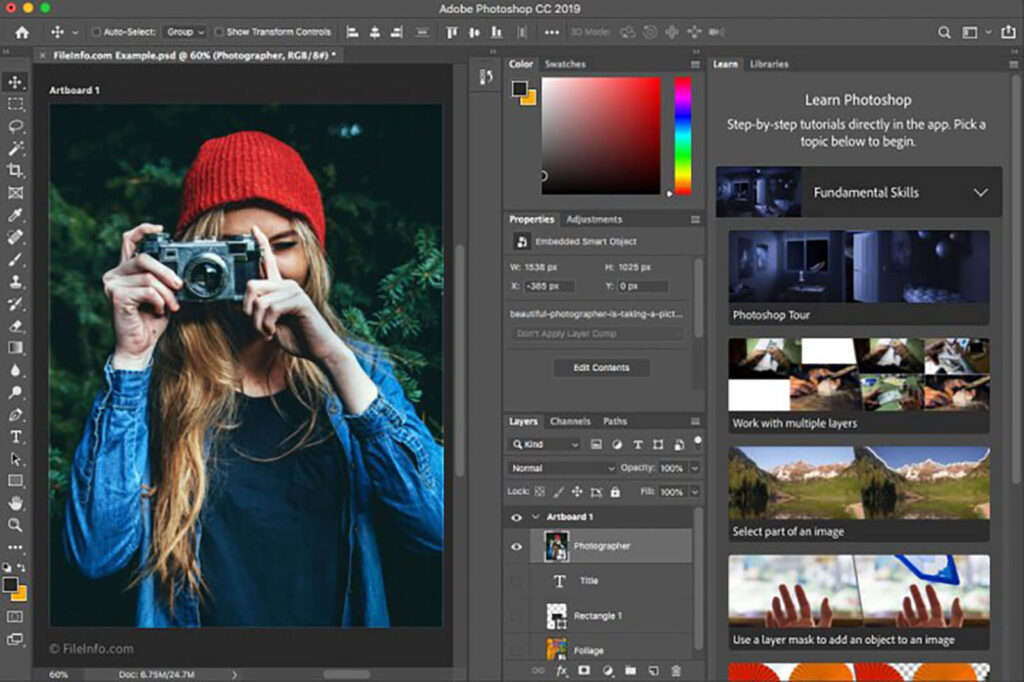
How to Download and Install
To download Adobe Photoshop 7.0, click on the download button provided on the website. Once the setup file is downloaded, follow these steps to install:
- Locate the downloaded file (Photoshop_7.0.exe).
- Right-click on the file and select Run as Administrator.
- Follow the on-screen instructions to complete the installation.
- If prompted for a password to run the file, enter the password provided on the download page.
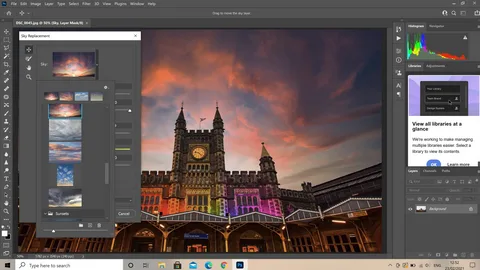
How to Start/Use Adobe Photoshop 7.0
After installation, follow these steps to get started:
- Launch Adobe Photoshop 7.0 from your desktop or start menu.
- Familiarize yourself with the interface, including the toolbar and menu options.
- Open an image by clicking on File > Open and selecting your desired file.
- Use the various tools available to edit your image, such as the Healing Brush, Brush Tool, and Text Tool.
- Save your work by navigating to File > Save As and choosing your desired file format.
For more information about Adobe Photoshop 7.0 and related software, you can visit the following resources: